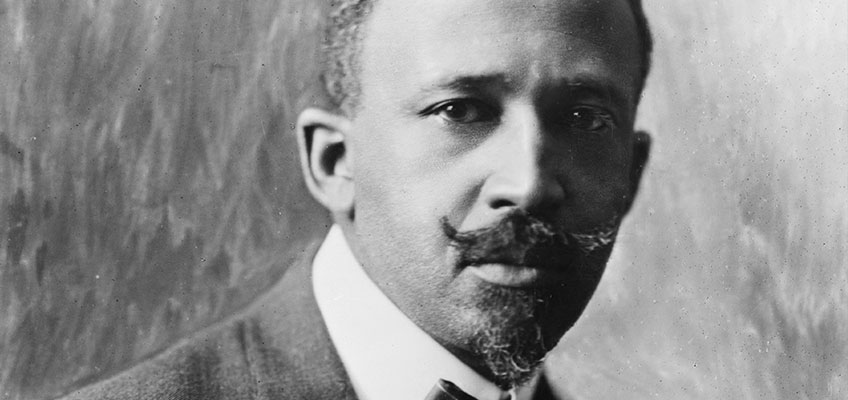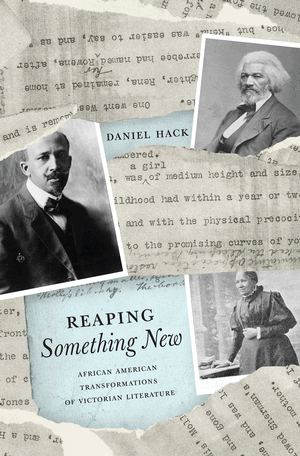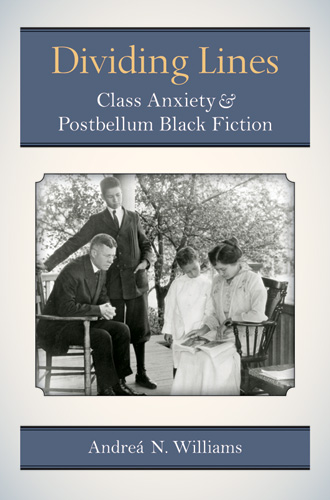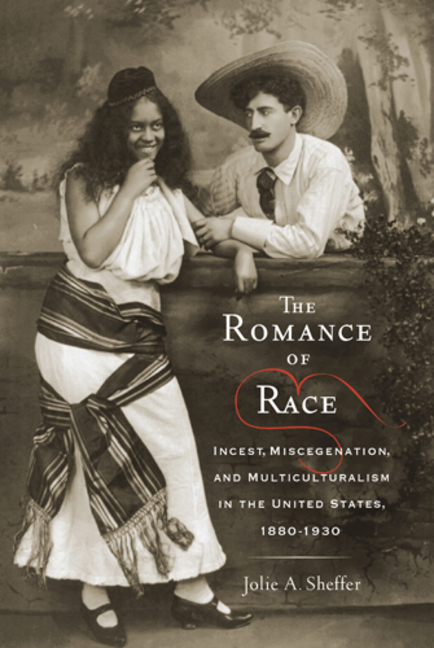Uncanny Compulsions: Automatism, Trauma, and Memory in Of One Blood
Callaloo
Volume 39, Number 2, Spring 2016
pages 473-492
DOI: 10.1353/cal.2016.0076
Joshua Lam, Adjunct Professor, American Literature and Composition
State University of New York, Buffalo
In recent years, critics have begun to frame slavery in the United States in terms of haunting and trauma studies, directing us to consider the ways in which texts such as Toni Morrison’s Beloved (1987) “disturb our sense of historical time” (Tuhkanen 335). Yet as Mikko Tuhkanen suggests in his analysis of temporality in Hagar’s Daughter (1901–1902), Pauline Hopkins may well have been one of the first African American novelists to situate slavery in terms of trauma’s ghostly presence. Indeed, Hopkins’s turn-of-the-century fictions are filled with references to spirits and specters, and are overwhelmingly concerned with the continued effects of slavery on the post-slavery nation. Scholars have been especially attentive to the prevalence of racial passing in Hopkins’s narratives, focusing on the ways in which her novels expose the imbrication of slavery and miscegenation in order to combat the ideology of racial purity. Yet few scholars have discussed the connection between Hopkins’s ghostly depictions of slavery and the discourse of hysteria in French psychiatry and American psychology, especially evident in her novel Of One Blood: Or, the Hidden Self (1902–1903). This is perhaps because the novel is singular in its use of hysterical illness, historically the provenance of European and Anglo-American white women, to frame the traumas propagated by the legacy of slavery upon black bodies. Indeed, while feminist critiques of the discourse of hysteria are now well known, scholars have been less attentive to the ways in which this discourse intersects with turn-of-the-century racial ideologies. Yet as Of One Blood demonstrates, the nascent discourse of hysteria, with its genesis in nineteenth-century mesmerism and spiritualism, provides an uncanny lens through which the complex legacies of slavery, miscegenation, and historical trauma can be witnessed.
Drawing upon the vast network of associations linking hysterical “automatism” to double consciousness, automatic writing, and hypnosis, Of One Blood evokes a variety of discourses—psychological, psychical, spiritualistic, historical, romantic, occult—to interrogate the trauma and historical violence perpetrated against black bodies and psyches. The novel focuses upon two African American characters, Reuel Briggs and Dianthe Lusk, who both pass as white and suffer from different hysterical illnesses: Reuel from a neurasthenic melancholy, and Dianthe from “nervous shock” and what Reuel (a doctor) calls “a dual mesmeric trance” (Hopkins, Of One Blood 472). More than merely adopting a medical discourse that primarily applied to Anglo-Americans, however, the novel uses “automatism” to represent conflicted acts of ambiguous agency and volition. Throughout the novel, Reuel and Dianthe are shocked, silenced, moved, mesmerized, and manipulated by others—cast as living automatons. Indeed, Hopkins’s novel presents a decisive understanding of the ways in which automatism—hysterical, mesmeric, or traumatic—signals suspended agency, and Of One Blood is inseparable from the connections between these discourses and the legacy of racial violence in the United States.
Hopkins’s endeavor hinges upon its incompletion, however, for Of One Blood equally participates in a project of racial uplift in which individual will is subordinated to the will of a God who has made us “all of one blood.” Adopting popular pan-African themes in what Kevin Gaines identifies as a key strategy of racial uplift ideology, Hopkins “sought to make civilization a racially inclusive, universal concept by calling attention to its origins in African society” (111). In this context, the hysterical illnesses of black characters might even indicate a gesture of inclusion (e.g., non-whites, too, are susceptible to the travails of “civilization”). This inclusive view of “civilization” is in tension, however, with the mute figure of the black automaton, whose silence amid the vocal protestations of turn-of-the-century uplift movements indicates Hopkins’s critical awareness of the continued effects of slavery upon the present. Rather than reifying the silence of Hopkins’s passive characters, the trope of the black automaton critically links compromised agency to the wider historical and discursive systems that produce it, suggesting that critique and skepticism are crucial components of even the most utopian endeavors. This tension…




